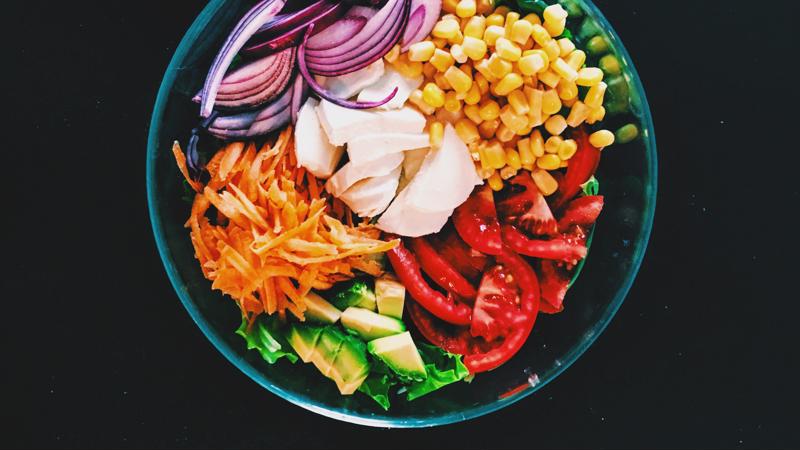When you hear the word “salad,” what comes to mind? For many, it’s a leafy green base of lettuce – be it iceberg, romaine or another of the many varieties – on top of which a variety of other ingredients are added. From a small garden salad at the beginning of a meal to more robust presentations like a Cobb or Caesar salad, there’s no disputing the widespread popularity of this dish.
For online culinary school students, it’s definitely worth considering how to offer this established food in new and different ways. That includes substitutions for the lettuce that so frequently serves as the foundation.
 Salads don’t need to rely on lettuce.
Salads don’t need to rely on lettuce.Replacing lettuce in salads, with delicious results
Lettuce is far from the only ingredient that can provide a leafy green ground floor for a variety of delicious salads. You can use a number of other ingredients that either offer a somewhat similar but distinct taste or a completely different one. Let’s look at some options.
A classic starter: The caprese salad
The leafy green in this caprese salad is basil, which brings far more flavor to the table than many varieties of lettuce. However, the star is entirely different. Tomatoes, ideally fresh, ripe ones from the peak of their season, provide a lot of the flavor in this dish. So does the similarly fresh mozzarella that is sliced in rounds and layered in an alternating pattern with the tomato. Combine with a little olive oil, balsamic glaze and sea salt, as The Kitchn recommended, and you have a surefire hit that can kick off a number of different meals.
Farro goes far in this Mediterranean treat
Farro, which comes from various types of wheat, joins in as the base of this salad. With a grain providing the underlying flavor, there are a number of additions that create a pleasing and distinctly Mediterranean combination that will appeal to a variety of palettes. This version of a farro salad from Budget Bytes has three major components: spiced chickpeas, tahini-based dressing and the salad itself. Alongside the farro, cucumbers, parsley and tomatoes star in this salad. Prep and cook time, even with the spiced chickpeas, is a scant 20 minutes. This recipe can easily be prepared in foodservice and restaurant settings ahead of time, making plating and service a breeze.
Green apples shine in this dessert salad
Dessert salads fill a different role than the more savory versions served at the beginning of meals, or, increasingly, as an entree. Certain dessert salads rely more on fresh fruit and garden flavors as opposed to refined sugar, including this caramel apple salad from Crazy for Crust. With just a few tablespoons of caramel involved, the rest of the flavors come from almonds, Greek yogurt and apples. With only five ingredients – and that counts both the chopped and whole almonds – this dish is easy to make and can be served as a quick, light treat or as an alternative to a classic salad course.
A new twist on the classic dinner salad
All the salads featured thus far aren’t particularly similar to a lettuce-based dinner salad. This shredded red cabbage, carrot and mint salad from Recipe Tin Eats can capably fill that role and offers a somewhat familiar, yet new and exciting, flavor profile. An olive oil-based dressing that includes just lemon, salt and pepper maintains the simple, effective aesthetic of this dish. You can offer a great mix of flavors without fear of filling up eaters too early when you offer this combination to customers or guests at home.


